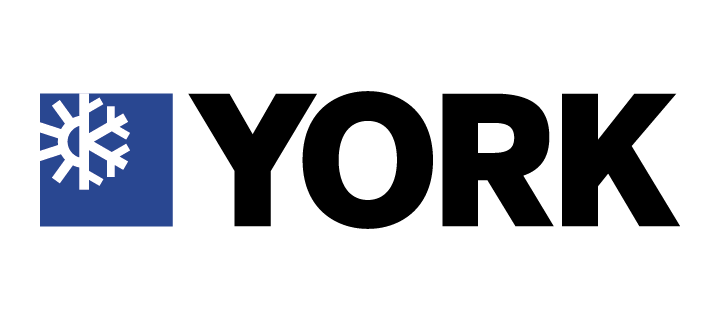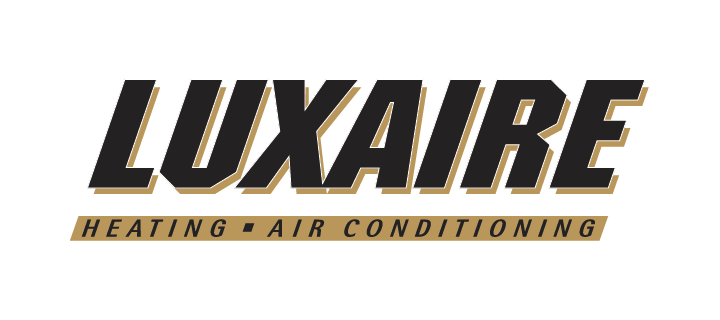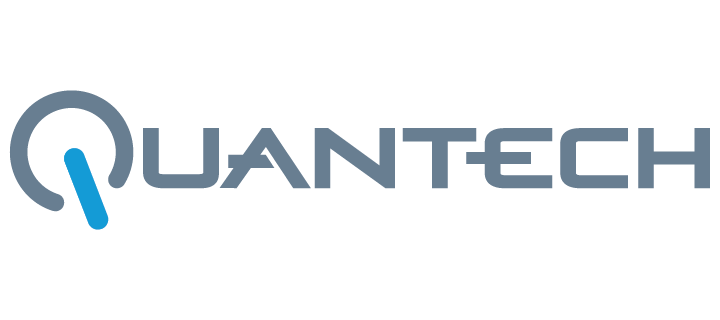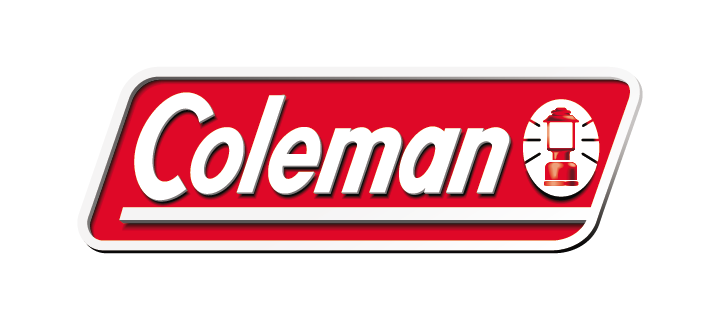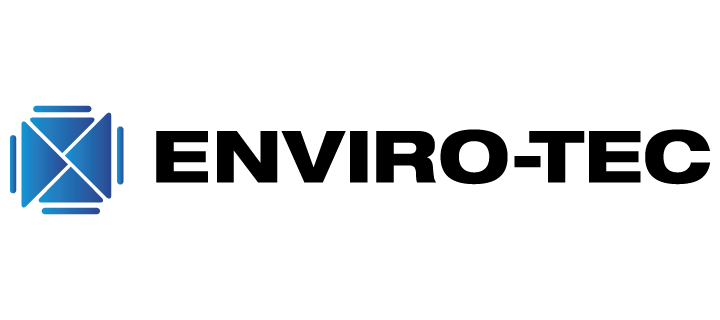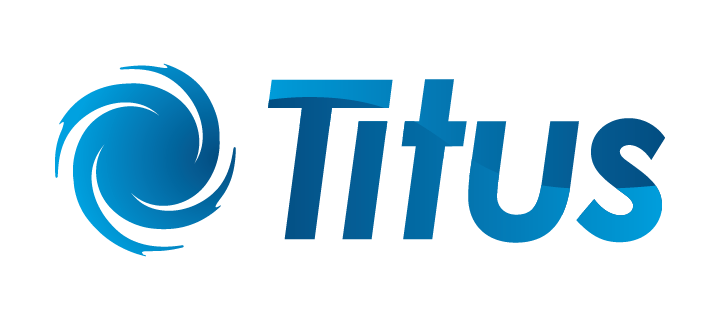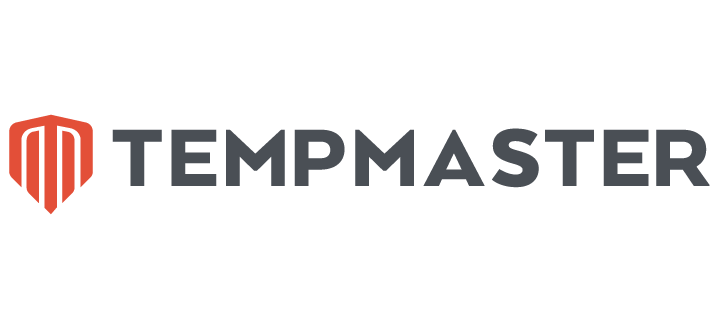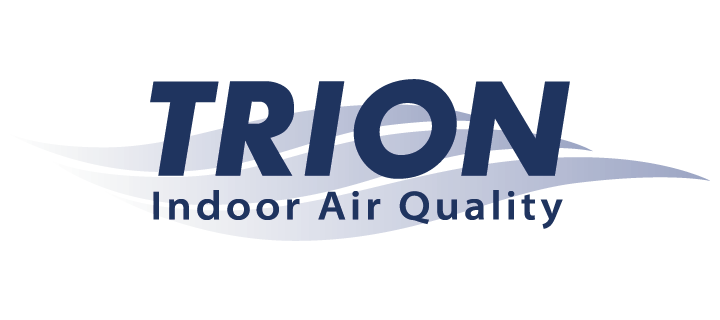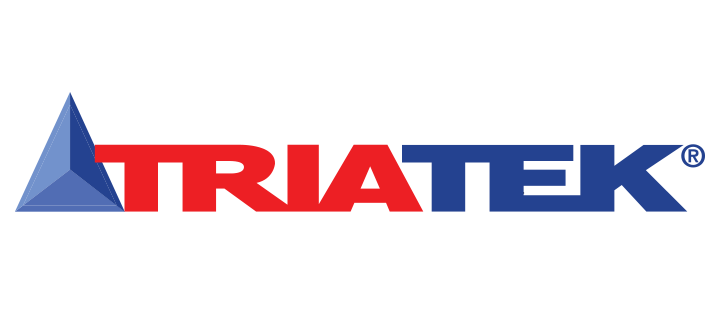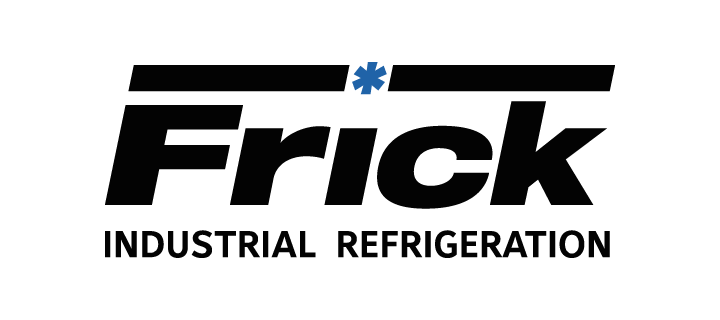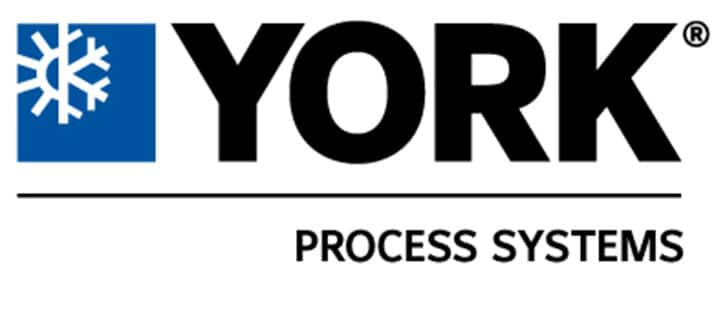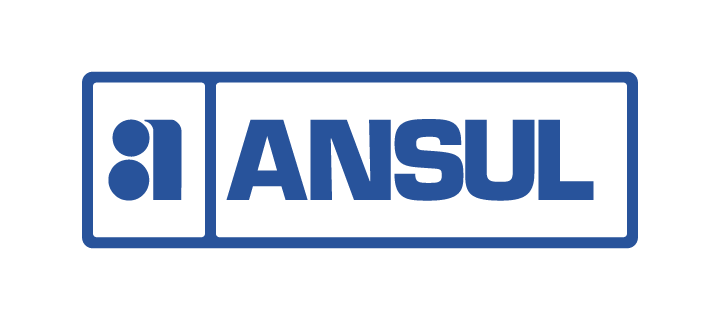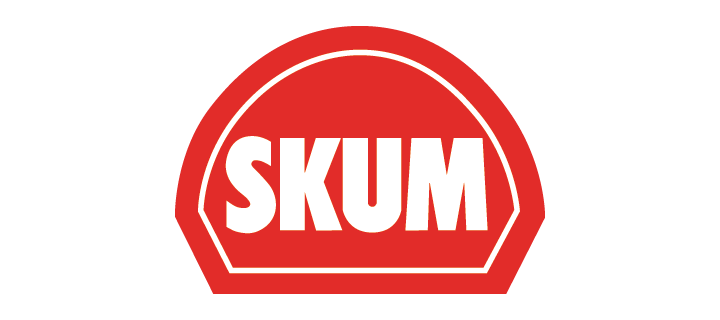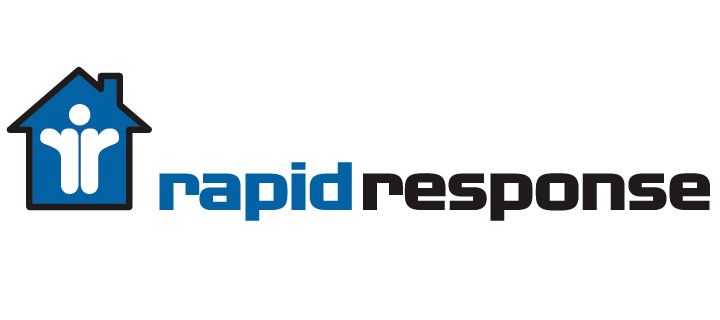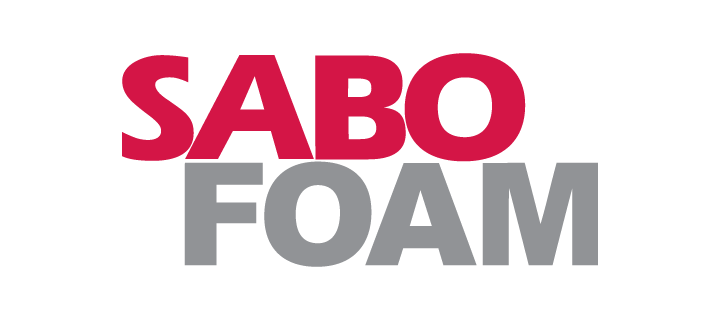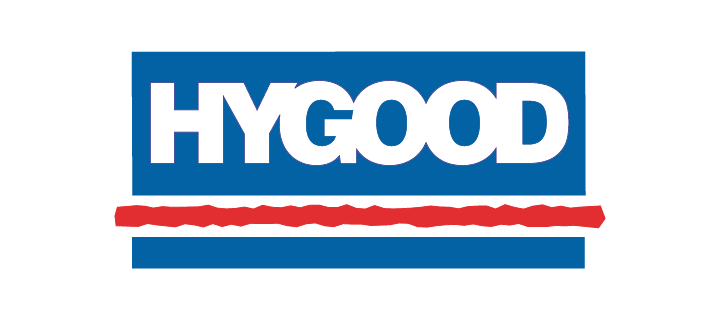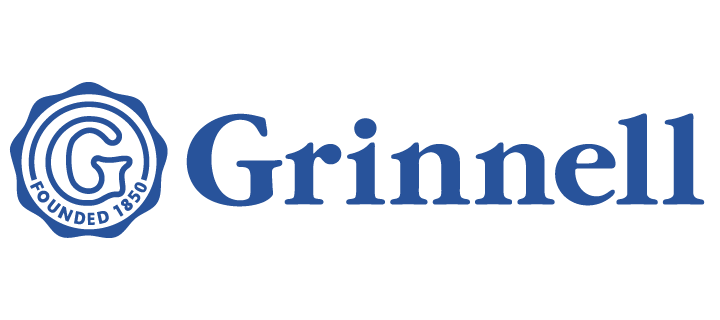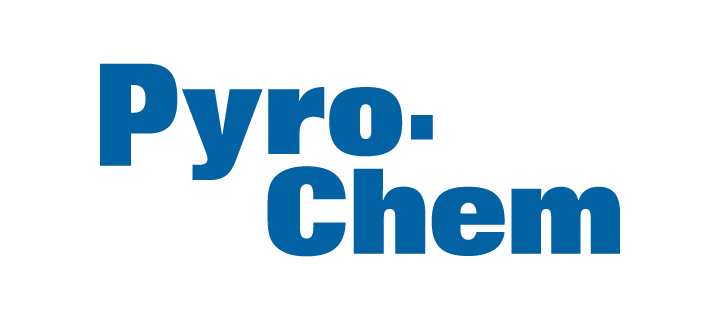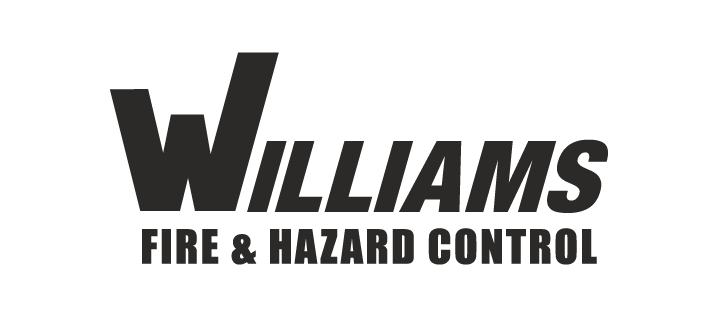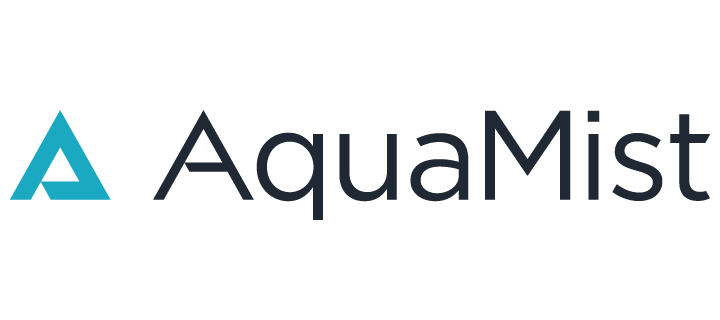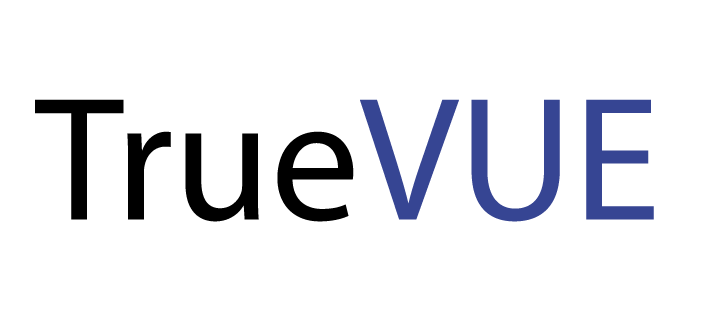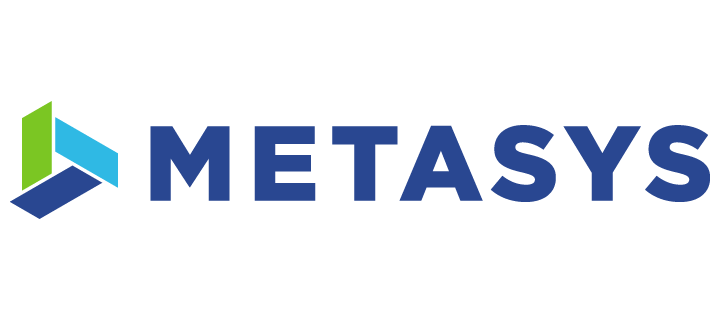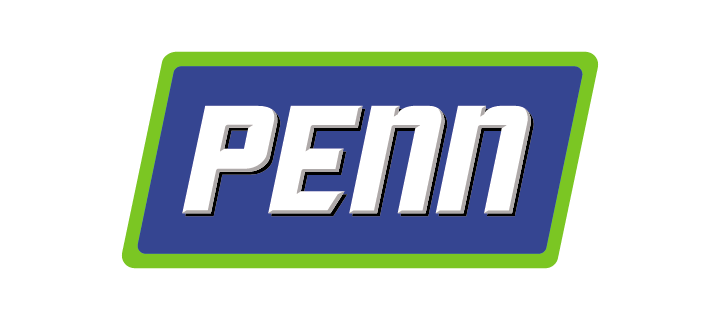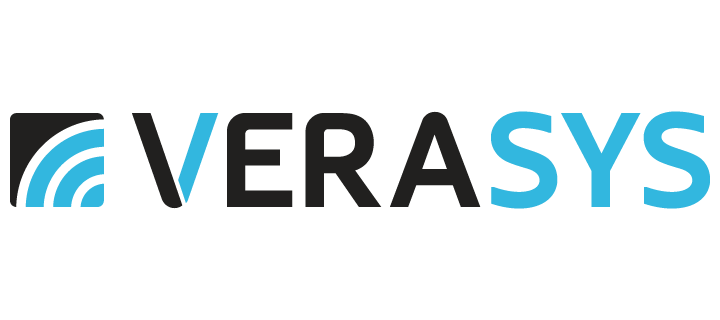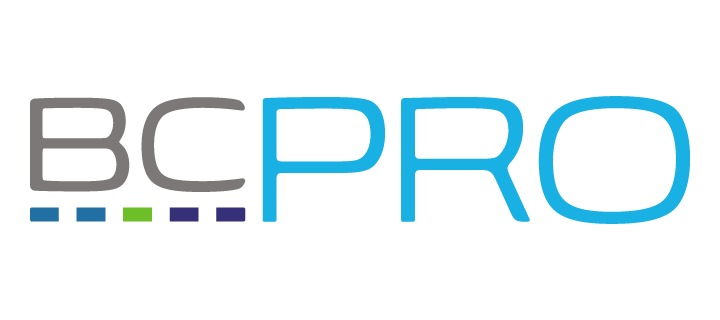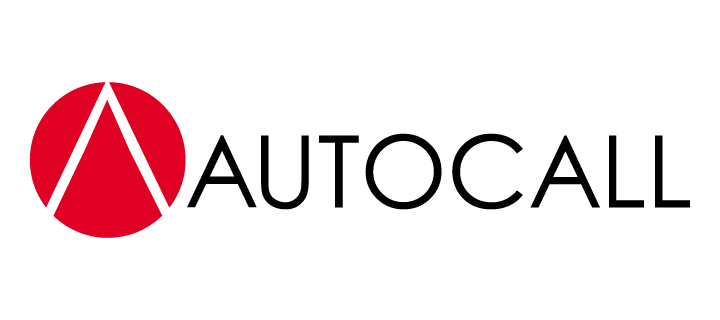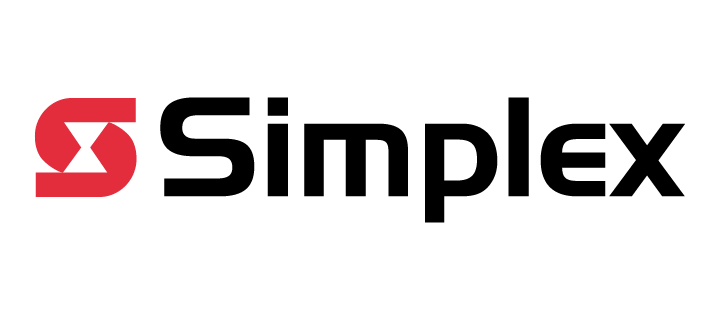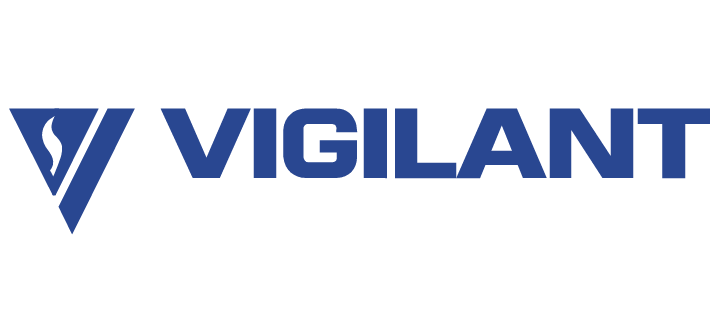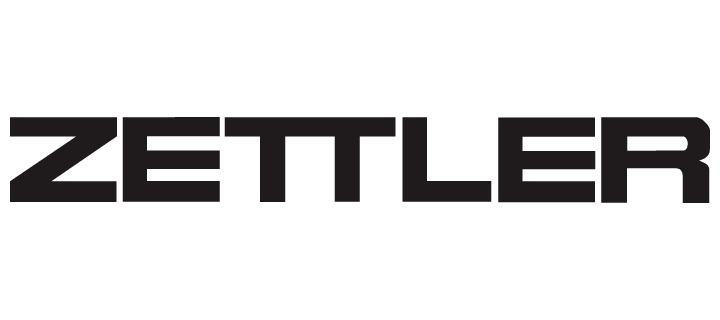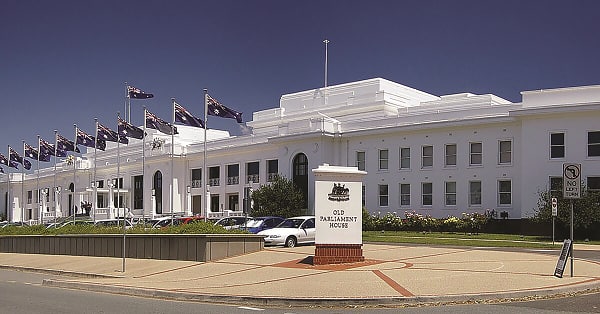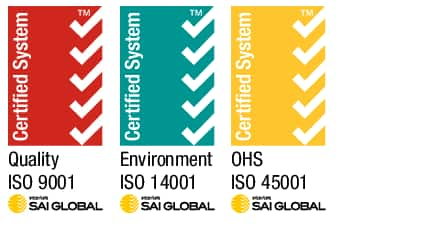Smart buildings and facilities management
Maximising the full potential of enterprise-wide smart building management systems
Smart technologies are set to disrupt the core operational model of engineering services and energy management in the property industry, as occupants and owners come to expect the same level of convenience in commercial facilities as they do in their everyday lives.

For the facilities management industry, the challenge is how to better optimise facilities, with many managers still relying on calendars and ‘touch and turn’ style maintenance to ensure the smooth operation of facilities.
Once driven by cost efficiency, the industry is now beginning to focus on delivering an enhanced experience for building occupants, and adhering to energy efficiency initiatives like the National Australian Built Environment Rating System (NABERS). As the average commercial building wastes as much as 30 per cent of the energy it consumes as a result of traditional maintenance processes, tracking a building’s energy output has becoming increasingly important.
Buildings are adopting cloud-enabled enterprise management systems that collect data from several different sources;
- OT stacks (operational technology) which includes elements such as HVAC, lighting, fire, access control, etc;
- IT stacks (informational technology) which includes telephony, converged networking, meeting room control, etc;
- SI (speciality integrations) which are bespoke programs such as education portals, airport flight information systems, patient information systems, and more.
The data collected by the building provides non stop identification and reporting capabilities, identifying issues and driving efficiencies by highlighting problems earlier so they can be dealt with straight away instead of after the nearest physical service intervention. Typical smart building applications include;
- Frictionless access and visitor management: Intuitive access control for tenants and guests automatically identifies the number plate at the parking gate and provides access to the building.The carpark lift then grants access to the appropriate floor. If a guest is arriving for a meeting, the host will be informed via an email or SMS and the pre-designated meeting is set and ready to go.
- Assurance services: Using a digital solution package to track each asset’s age, current performance, and next calibration based on historical performance degradation, the asset replacement schedule, and cost can be reported across an entire building, independent of the system or service to which the asset belongs. The assurance services package is also used to generate CapEx and OpEx reports.
- Energy tracking and optimisation: Tracking and reporting on current energy use by system, subsystem, equipment item, at rest energy and usage intensity will help to reduce energy outputs by identifying and reporting anomalies, and calculating the anticipated ROI for taking corrective actions based on past and predicted performance.
- Portfolio comparison and best practice portability: With the dawn of mobile work environments and digital solutions in smart building portfolios, a building asset can be compared against similar assets across a portfolio or campus, based on energy usage intensity, occupancy and utilisation, or occupant density using a single digital application. It can facilitate the scheduling of staff location based on optimising the occupancy of one building in the portfolio over others. It can also advise staff and visitors of their allocated location based on calendar entries and meeting schedules.
Smart building systems can retrofitted on existing buildings and often generate enough savings to recover the implementation costs in under five years.
The key for facility managers today is to maximise the full potential of enterprise-wide smart building management systems to improve customer engagement and comfort, reduce energy costs, increase productivity of staff, streamline building operations, comply with industry regulations, and support sustainability as technology continues to evolve and reshape our lives.


